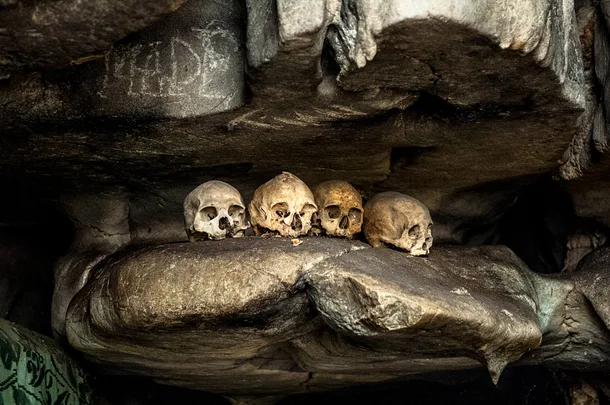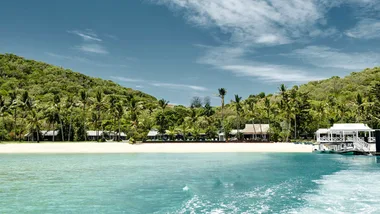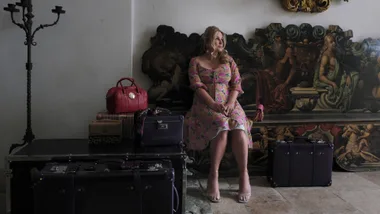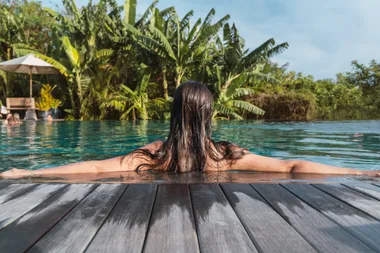For many, especially those in the West, death is something we avoid talking or even thinking about. But for a group of people in the highlands of Indonesia, death is woven into the social fabric of the community. They are called Toraja, and their incredible death rituals have drawn anthropologists and dark tourists alike. Some say visiting the Toraja community during their ceremonies is like entering the world of the walking dead!
Curious yet? Read on to dive into the fascinating death traditions of the Torajan people.
RELATED: Bali Visa on Arrival: Do You Need a Visa for Bali?
Who Are The Torajans?
The Toraja is a group of people indigenous to the highlands of South Sulawesi, Indonesia, with most living in the Tanah Toraja regency.
Torajans are distinct for a number of reasons, the death ceremony being just one component of their unique way of life. For one, Torajans live in these elaborately designed houses called tongokan, which are shaped like boats and have oversized roofs that point upward into the sky.
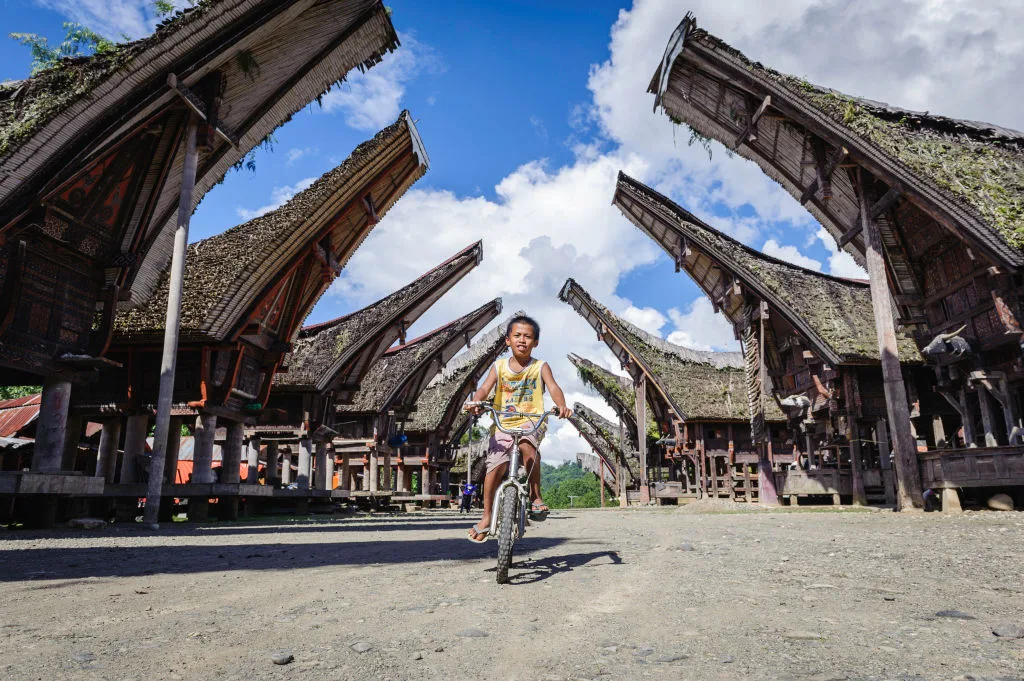
Religion is also quite unique among the people of Toraja. Indonesia’s most dominant religion is Muslim, but Torajans practice a mixture of ancient animism and Christianity – a result of Dutch missionaries’ attempts to convert the locals during the colonial period.

What Are The Toraja Death Rituals?
Contrary to how most of us in the West view death, the Torajan people see death not as the end of life, but as just another part of the journey. When someone dies, they are “to makula” or merely sick, and kept in their homes rather than promptly buried. At home, they receive offerings of food, water, clothing, and cigarettes.
As the South China Morning Post (SCMP) describes Torajans’ attitude about death, “it’s a lifelong preoccupation”.
Preserving Corpses And The Rambu Solo
The corpses are mummified with formaldehyde and water to keep them from putrefying – an act done to preserve the bodies until the family can arrange a proper burial. Families wait a long time, sometimes months or even years, to put together a funeral because these are extravagant affairs lasting up to five days and involving the sacrifice of sacred buffaloes. According to Vice, the funeral, or rambu solo, can cost from $USD50,000 up to $USD500,000.
But for Torajans, a funeral is more than just a rite that must be done out of obligation. It’s also a party and a family reunion of sorts, as many Torajans living all over the world return home to see off their dead relatives and friends.
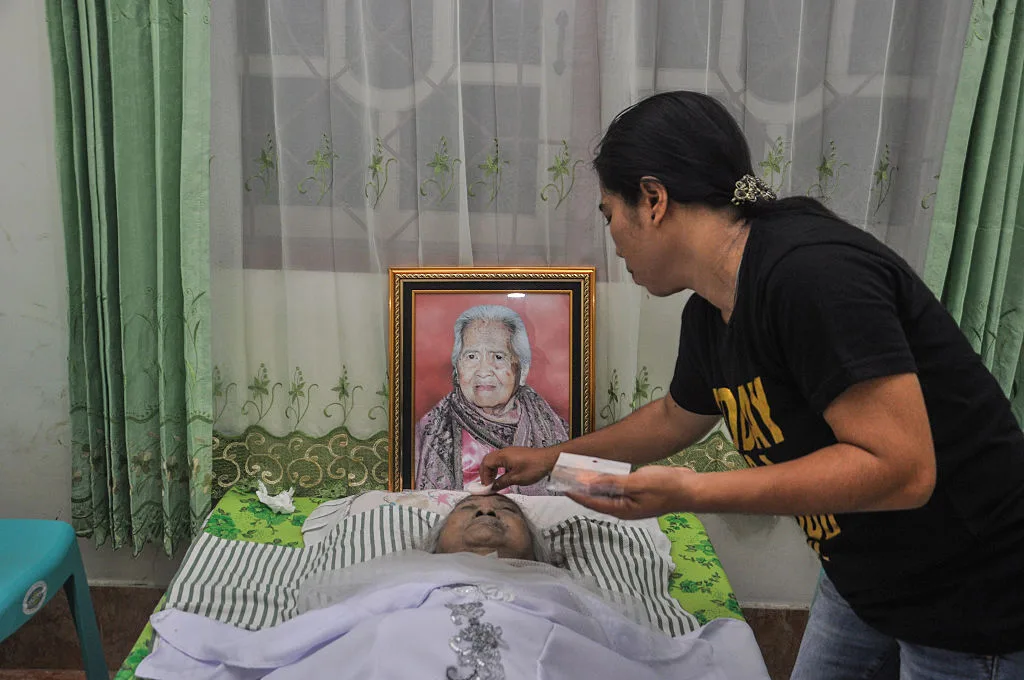
Though it may seem like Torajans have a cavalier attitude about death, they actually follow strict traditions on the way to position their deceased relative at home. For Torajans, heaven is somewhere southward, and a corpse that has not yet been given a proper funeral can only face west as it is still in “transition”.
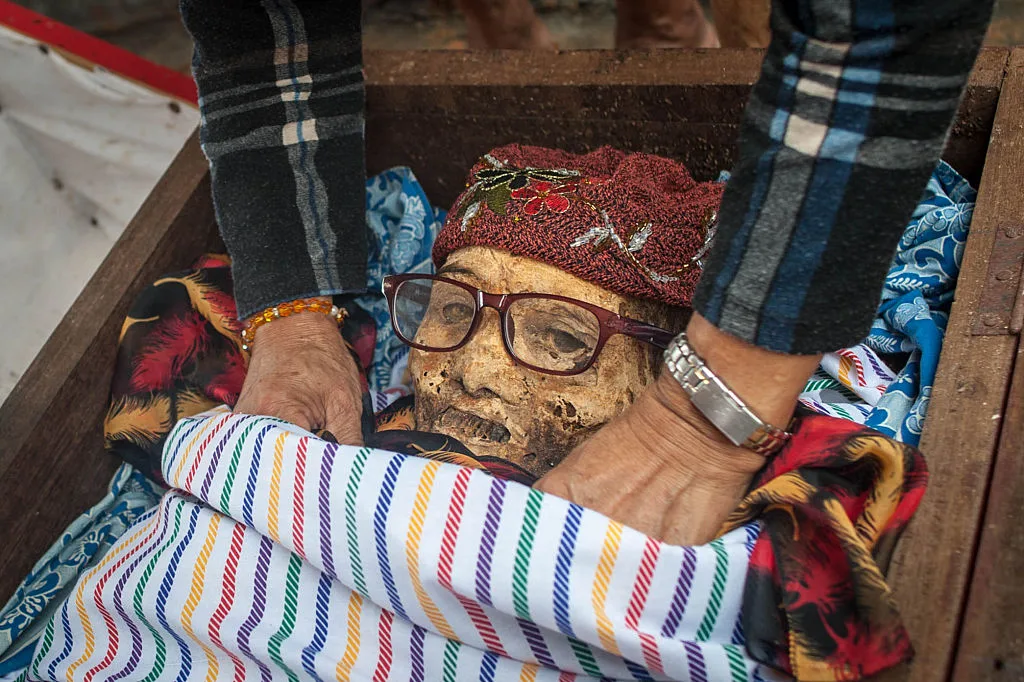
Once the rambu solo begins, that is the only time a corpse can be turned towards the south. And here’s where the buffaloes come in: according to the SCMP, “The last breath of the first sacrificial water buffalo killed during the rambu solo ceremony marks the official death of a ‘sick person’.” According to the Torajans, the more buffaloes that are slain in your name, the faster you will reach heaven.
After the funeral ceremonies, corpses are said to be “buried in mausoleums or stone graves”.

The Second Funeral
In August, Torajans hold the ma’nene, or second funeral for those who have already been buried. Families basically exhume their loved ones’ corpses to change their clothes, clean up their tombs, and give offerings. Dead “life”, at least for Torajans, isn’t so bad.
During the second funeral, for a few days, it is as if the Torajans are living with the dead again. Food is shared and there is merriment at the crypts.
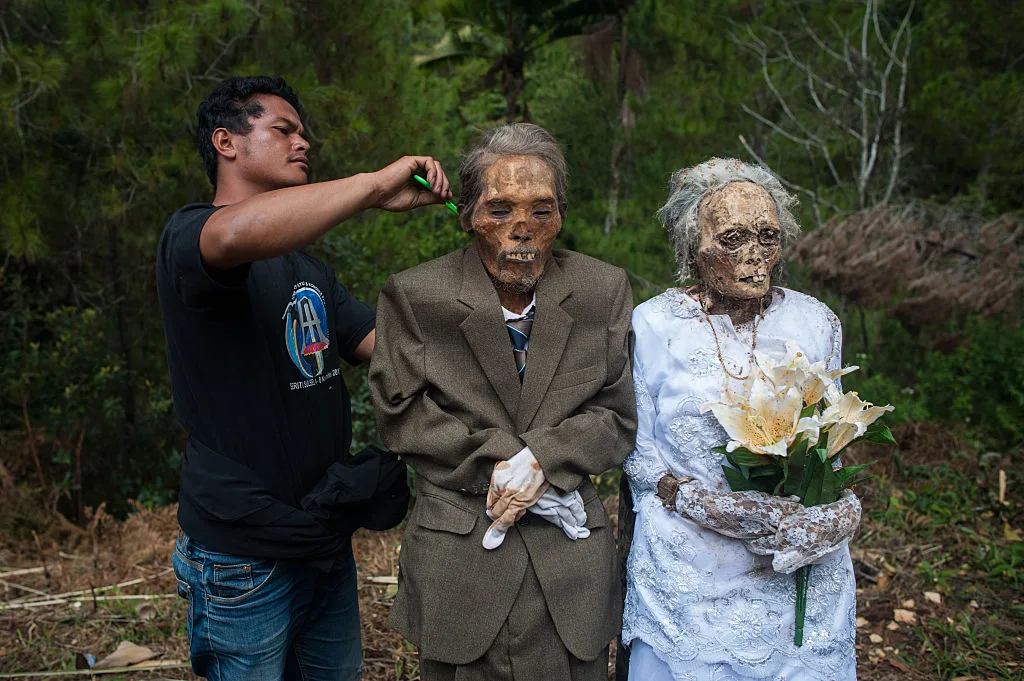
Are Indonesian Death Rituals Always This Elaborate?
Indonesian death rituals actually vary per region. Indonesia is a country comprised of 300 ethnic groups, so naturally Indonesian culture would be varied from region to region. For example, in the Trunyan village in Bali, corpses are laid on the ground only after they are bathed with rainwater and covered in cloth and bamboo.

Meanwhile, the Ngaben burial ceremony is a Hindu death ceremony that requires the placement of the corpse in a “sleeping position”. The body is then placed in a sarcophagus and burned in a massive structure.
Conclusion
The death rituals of the Toraja people involve keeping corpses in their homes long after their souls have moved on, sacrificing animals, and throwing huge parties to initiate their ascent into heaven.
It sure doesn’t sound like the usual funeral and might seem like a rather gruesome affair. But for the Toraja, it’s a long-held tradition. So perhaps there is something we can learn about this community’s unique acceptance of fate and finality.
RELATED: Pink Shares The Most Amazing Photos From Her Family Trip To Bali
